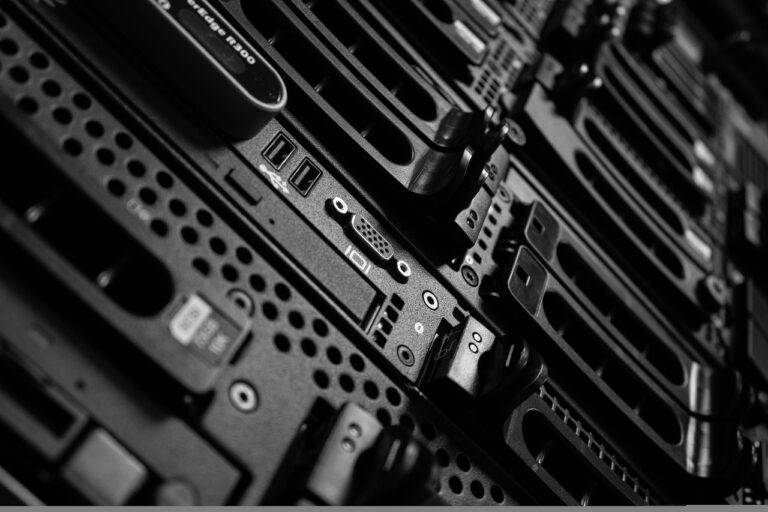Tech in Disaster Response: Innovations and Solutions
Disaster response efforts are often hindered by the lack of effective coordination among different response agencies. This can lead to delays in providing timely assistance to those affected by the disaster, resulting in increased human suffering and loss of lives. Additionally, the inadequate funding and resources allocated to disaster response activities can further exacerbate the challenges faced by responders on the ground, limiting their ability to effectively mitigate the impact of the disaster.
Another key challenge in disaster response is the lack of comprehensive preparedness plans in place prior to a disaster striking. Many regions around the world lack robust disaster preparedness strategies, making it difficult to respond swiftly and efficiently when disasters occur. This can result in confusion and chaos during the initial stages of the response efforts, hampering the overall effectiveness of the response operation.
Role of Artificial Intelligence in Disaster Management
Artificial Intelligence (AI) is playing an increasingly significant role in disaster management by offering innovative solutions to various challenges faced during disaster response. One of the key advantages of AI is its ability to process vast amounts of data in real-time, enabling quicker decision-making and resource allocation. This technology can analyze patterns and trends to provide early warnings, track the movement of disasters, and assess the impact on affected areas.
Moreover, AI can enhance communication and coordination among response teams by optimizing logistics and providing predictive analytics. By automating certain tasks, such as damage assessment and resource management, AI can free up human resources to focus on more complex and critical aspects of disaster response. Additionally, AI-powered drones and robots can be deployed to access hard-to-reach areas and gather important information, improving the overall efficiency and effectiveness of disaster management efforts.
What are some of the key challenges faced in disaster response?
Some of the key challenges in disaster response include limited resources, communication breakdowns, unpredictable circumstances, and the need for quick decision-making.
How can artificial intelligence help in disaster management?
Artificial intelligence can help in disaster management by analyzing large amounts of data to predict disaster patterns, assisting in resource allocation, improving communication between response teams, and providing real-time updates on the situation.
Can artificial intelligence replace human intervention in disaster management?
While artificial intelligence can assist in various aspects of disaster management, it cannot completely replace human intervention. Human judgment, empathy, and decision-making skills are still crucial in handling complex and unpredictable disaster situations.
How can artificial intelligence improve communication during disasters?
Artificial intelligence can improve communication during disasters by analyzing data from various sources to provide accurate and real-time updates to response teams and the public. It can also help in identifying communication breakdowns and finding alternative ways to reach those in need.
What are some examples of artificial intelligence being used in disaster management?
Some examples of artificial intelligence being used in disaster management include predictive analytics for early warning systems, drones for search and rescue operations, chatbots for providing information to affected populations, and computer vision technology for damage assessment.





